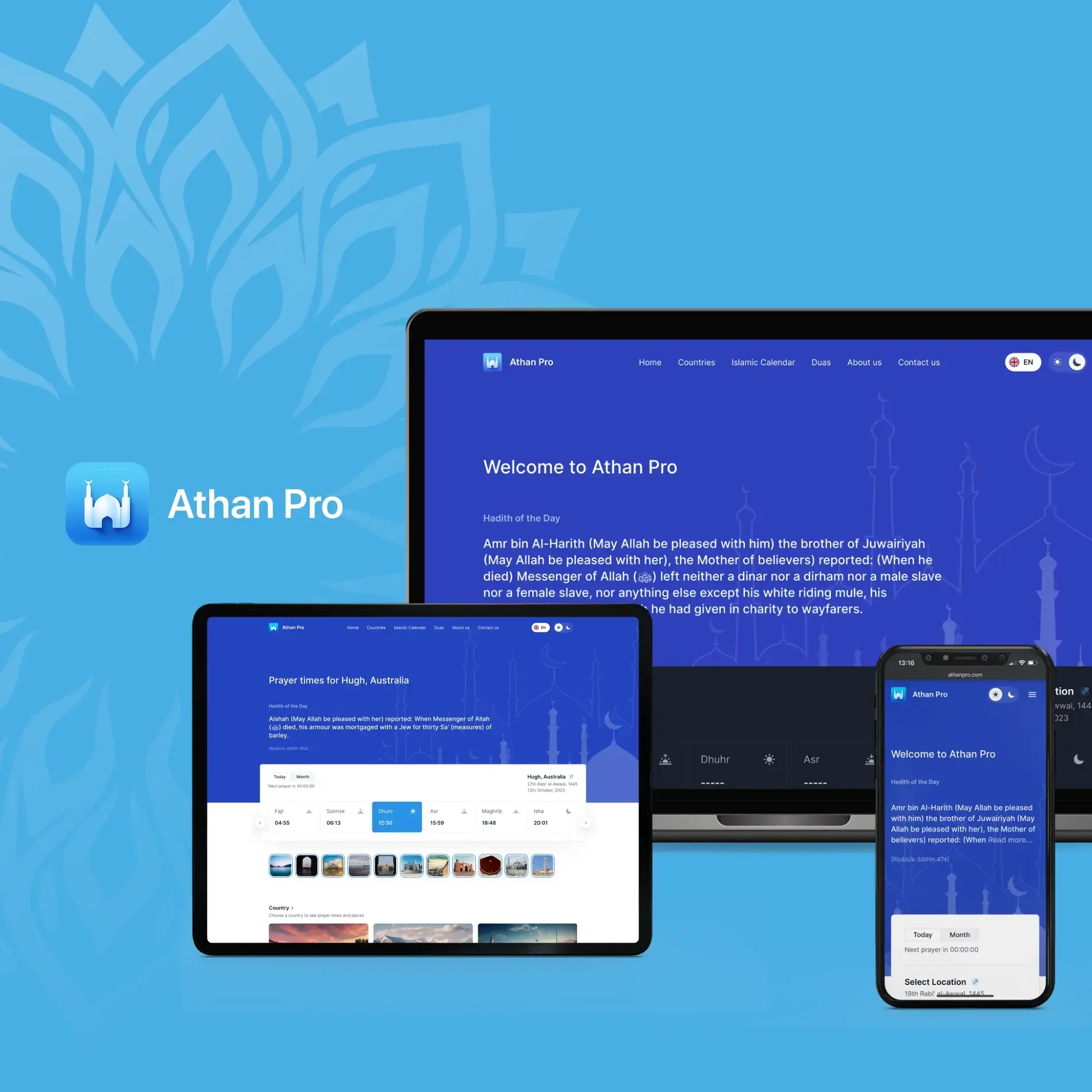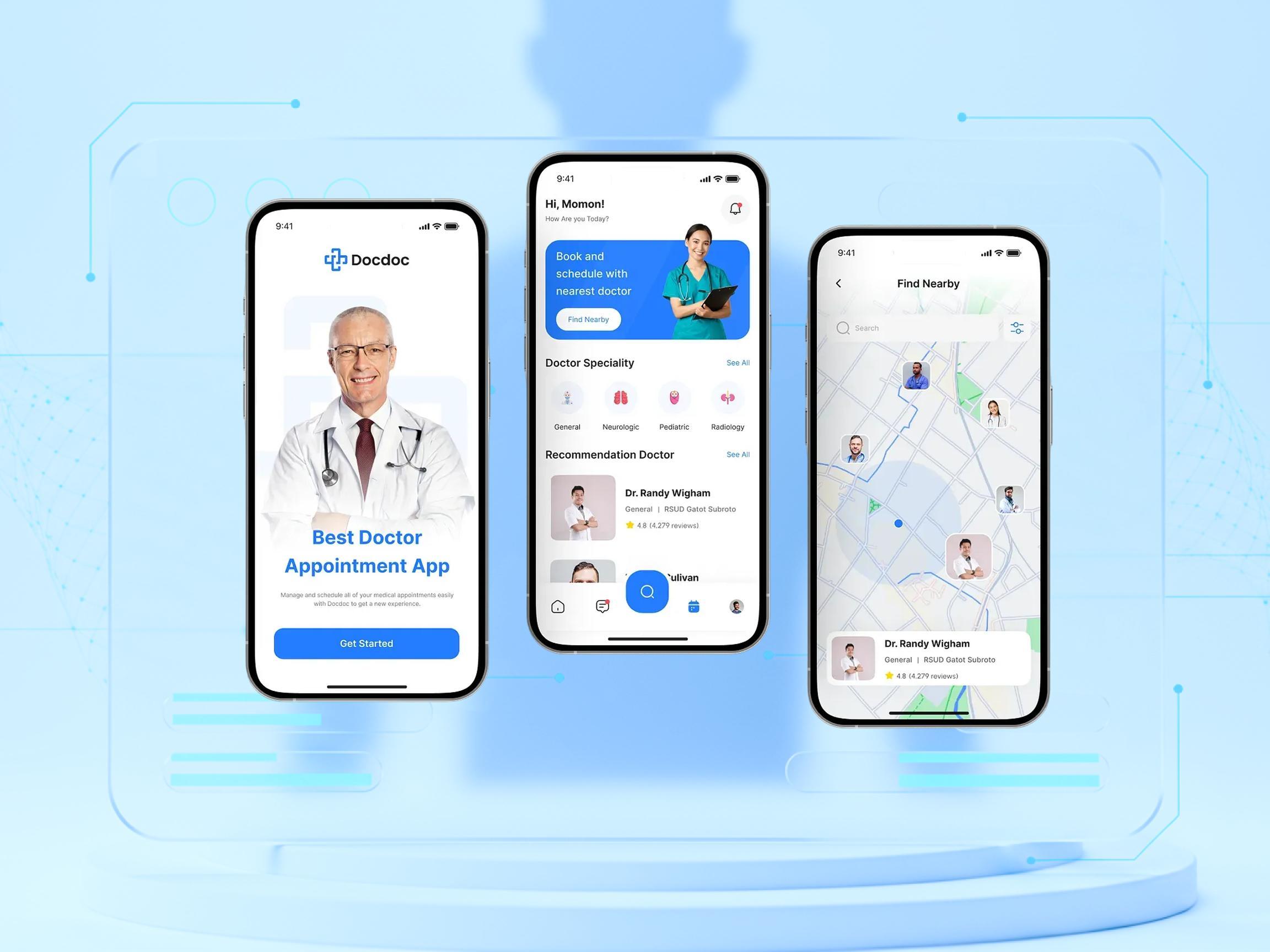
- Cloud Development
What is Cloud-Native and How to Optimize It?
Optimize cloud-native apps for performance, cost, and security with strategies like microservices, containers, DevOps, and automation.
March 31, 2025 | Updated on November 24, 2025 | 10 min

Sergei Skirev
CTO at JetBase
Our Cases
Innovation isn’t just about ideas - it’s about execution, turning vision into reality, and creating solutions that truly make an impact.
See what we’ve built and how it works:
- HealthCare
- Media & Entertainment
- eCommerce
- Amazon Web Services
- Cloud Cost Optimization
- Serverless Application
- Retail
- HealthCare
- Media & Entertainment
- eCommerce
- Amazon Web Services
- Cloud Cost Optimization
- Serverless Application
- Retail












